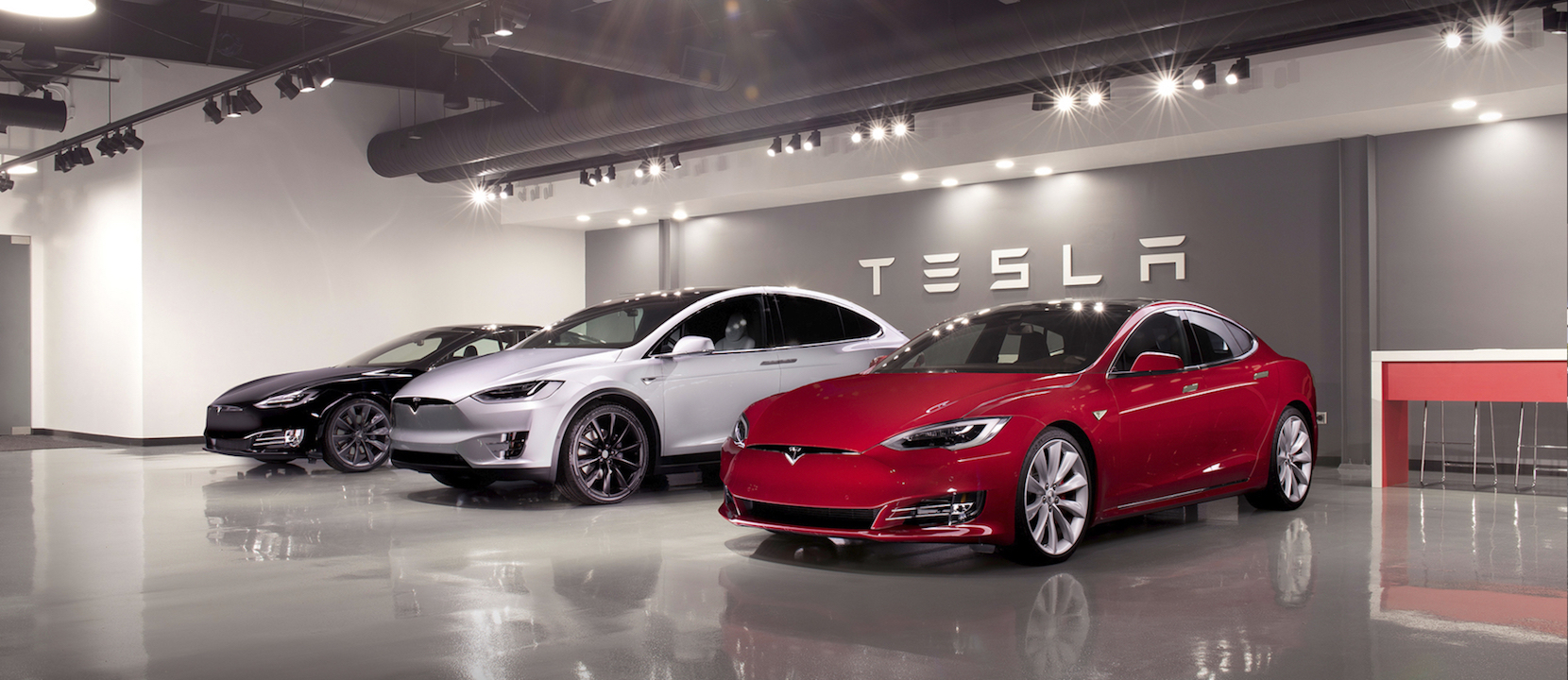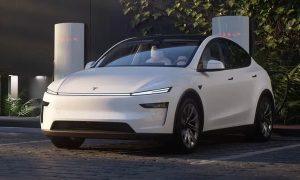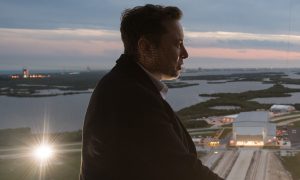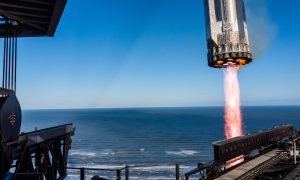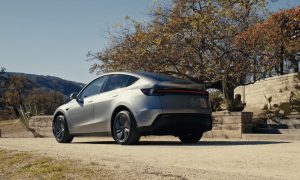Tesla CEO Elon Musk confirmed today with a tweet that Tesla has no plans to use its new 2170 lithium ion cell in the Model S and X.
The news flies in the face of past assumptions that Tesla would convert all of its vehicles to the new cells being produced at Gigafactory 1 in Nevada. The new 2170 cells were designed from the ground up to be the optimal size and energy density for electric vehicles, balancing energy storage with external surface area to allow for sufficient cooling.
No plans to change cell form factor for X and S
— Elon Musk (@elonmusk) June 19, 2017
Tesla has exclusively used the commodity 18650 lithium ion cells in its vehicles to date through its partnership with Panasonic. From its learnings with 18650, Tesla developed the 2170 cell as the new base unit for the Tesla Model 3, Powerwall 2 and Powerpack 2 products.
The news brings into question the source of the 18650 form factor. Will Tesla produce new 18650 cells with revised cell chemistry at the Gigafactory in conjunction with Panasonic? The Gigafactory was designed and built to leverage scaled production to drive the cost of lithium ion cells down to levels that would make electric vehicles affordable for more buyers around the world. With more lithium ion production capacity than the rest of the world combined, it will be able to produce them at a lower cost than any other supplier.
Why maintain two battery standards? Tesla has partnered with Panasonic for its batteries since the beginning, and as such has existing contracts with the company that may come into play with the decision.
The answer is likely much simpler than battery sourcing or supply chains. With the production lines for Model S and X well established at the Fremont factory and the factory already bursting at the seams just to accommodate Model 3 production, it is likely that Tesla is simply out of space at the Fremont factory. Reworking the factory to accommodate a different battery specification would add value in the long term in supply chain simplification, but is likely too much headache for too little return for the time being.
It is likely that Tesla will convert to a single battery cell for all of its products in the future, but for now it will simply have to wait. As dad used to say, don’t fix it if it’s not broken.

